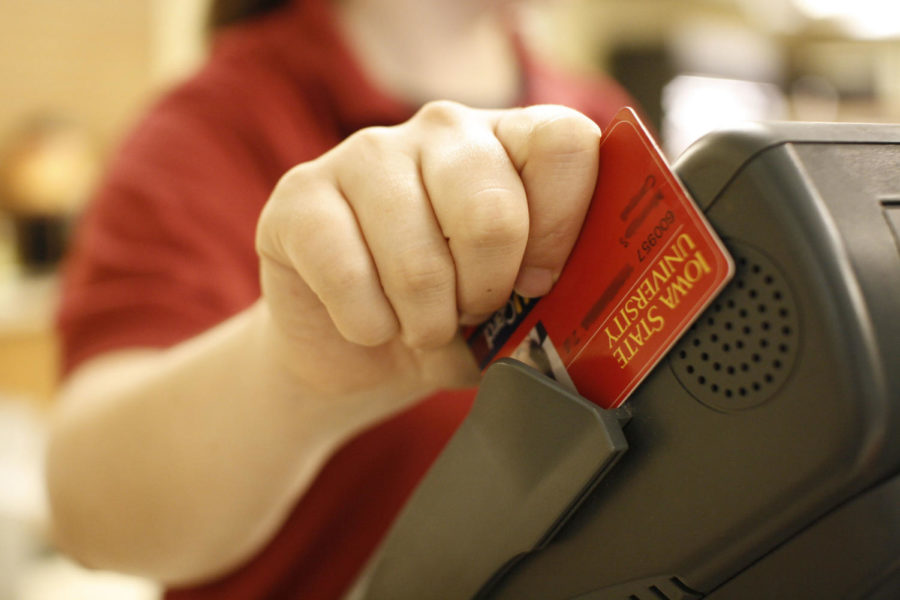Editorial: Let leftover meals go to a good cause
January 12, 2015
One day during last semester, Cody Neltner, freshman in electrical engineering, sat down with his friends and discussed a problem faced by many ISU students, having meals from this purchased meal plan go unused at the end of the semester. But Neltner was not ready to accept the simple answer of just giving them up to the university after the fall semester’s finals were completed.
Neltner and his friends thought of an idea to make our university better and provide another option for students with leftover meals. Neltner, along with help from his friends and ISU Dining, is in the process of developing a plan for some leftover meals to go to charities like local food banks at the end of each semester.
“I guess one reason why I want to do this, I saw an opportunity at Iowa State to feed the hungry that I just couldn’t pass up. I mean it’ll be a little bit of work at first but I think the rewards will be worth it in the end,” Neltner said.
The solution to leftover meals at the end of each semester is not a simple one. ISU Dining counts on leftover meals, or what Director of Campus Dining Nancy Keller calls the “missed meal factor.” While students do not take advantage of every opportunity to eat during the semester, ISU Dining still has to pay for the lights to be on and labor costs to keep the dining centers open just in case. This is what the missed meals — about 20 to 21 percent of the students’ total purchased meals — goes to pay for.
Because of this “missed meal factor,” Neltner and ISU Dining have to strike a balance between donating as many meals or dollars as possible while not impacting the meal plan prices for students. Keller said another challenge is not only developing a way for students to donate that is simple and easy, like a computer program, but also paying for the system. Despite these challenges, charity programs like this have found success at other, but smaller, schools.
One example of these schools somewhat close to Iowa State is Truman State University. During its fall 2014 drive, Truman State got about 30 percent of its 2,500 total students with meal plans to donate and raised $12,668.94 for charity with their leftover meals. If a small school like Truman State can make that much of an impact, imagine just what students at Iowa State can do for the Ames community.
ISU Dining also has a successful history of donating meals to charity. Students at Iowa State with meal plans were able to donate to Haiti after a devastating earthquake and Oxfam. Keller said about 10 percent of students with a meal plan chose to donate.
Neltner said his program is still in the process of being planned. He hopes to donate actual food, rather than the price of the meals to local charities and food banks. Keller said this would be possible because Iowa State has a warehouse to help store food for the chairties.
“Personally, I know it’s going to be a little bit more work but I would like to see meals go toward the charities, that way it directly impacts feeding the hungry. It kind of lets students, I think, see a lot more where their donations are going where as a check, it could use it for operation costs or other things,” Neltner said.
Neltner hopes to get the plan up and working for the end of this semester. He said he will be sending out surveys to find out if students are likely to participate and to which local charities and food banks the money will go. Several food banks and charities have responded positively to the idea.
Neltner said he will meet with the Inter Residence Hall Association this month to hopefully get its approval and move forward with the project. Despite the challenges of getting the program up and running, the benefits to this seem to highly outweigh them.
Iowa State and its students have the opportunity to directly impact others in our community in a positive way. This meals for charity program is an opportunity to become an even larger part of the city of Ames and its citizens.
We not only support Nelten and ISU Dining in the development process, but hope students will participate if and when the program is put in place. This solution will be most beneficial.







